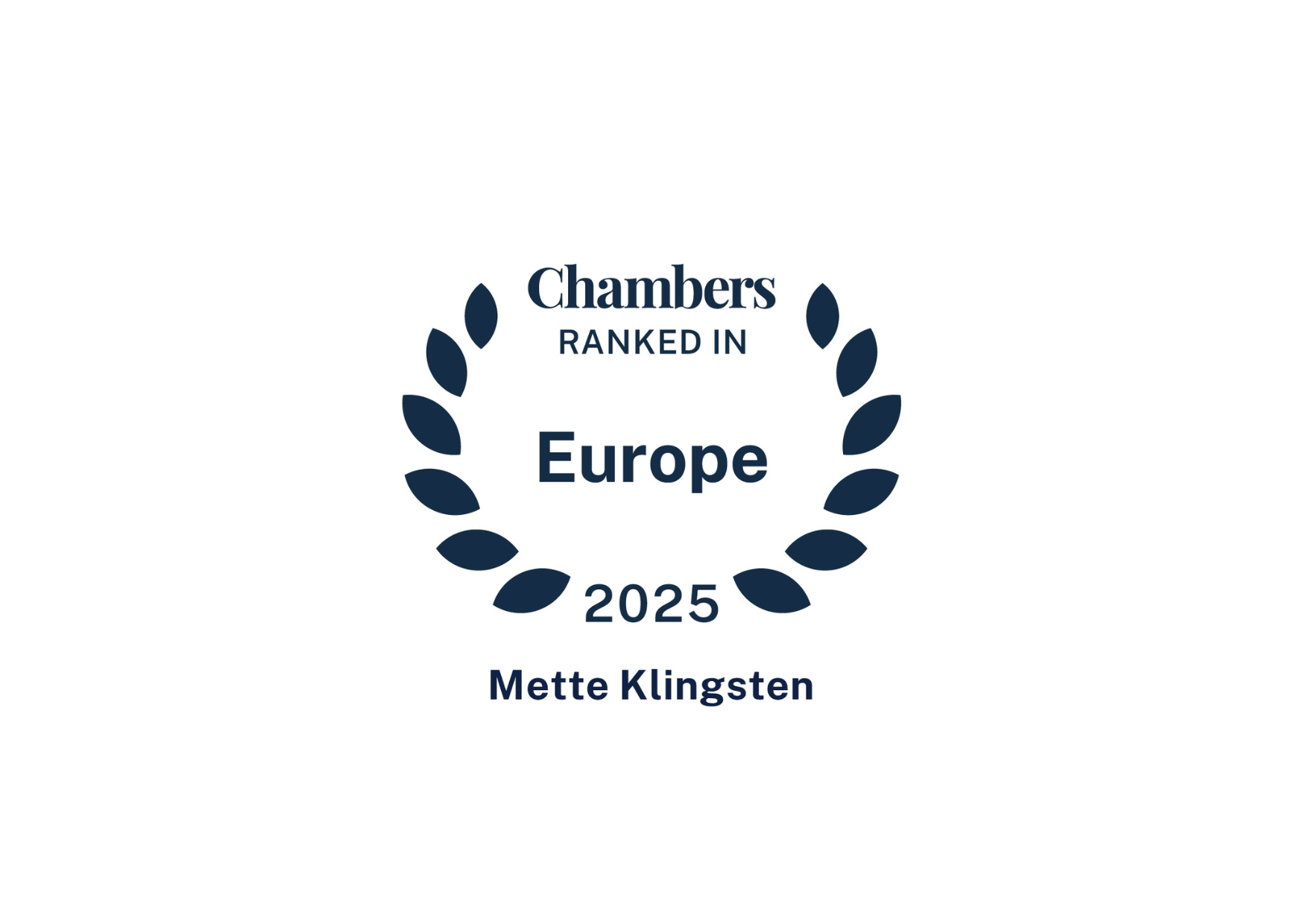
On 15 June 2020, a large political majority agreed to advance the payment of the frozen holiday funds. Yesterday, on 11 August, a bill was tabled in this regard. The bill is expected to be consid-ered with a first reading today, August 12.
The rational for the bill and the early payment of the frozen holiday funds is an attempt by the government to encourage economic activity. The early payment relates to holiday funds earned in the period 1 September 2019 to 31 March 2020, corresponding to up to three weeks’ holiday. According to the proposal, employees can choose to be paid part of the frozen holiday funds early, with payment being made in October 2020. This means employees will not have to wait until the time of retirement age to receive the frozen sums.
Financing
To avoid employees accruing 10 weeks of leave following the transition to the new holiday law, transitional arrangements were agreed under new Holiday Act (which enters into force on 1 September 2020). The transitional arrangements provide that 25 days of accrued holiday for the period 1 September 2019 to 31 August 2020 will be frozen and therefore not available for employees to use. The value of this frozen holiday will be paid by the employer to the Employees’ Fund for Receivable Holiday Funds.
The transitional rules provide that the frozen holiday pay was to be paid out when employees reach the state pension age, or when an employee leaves the labor market for other reason such as a permanent move abroad. Employers can choose whether to pay the frozen holiday pay into the fund in connection with the expiry of the transitional scheme or, report the figure to the fund and make payment when the frozen holiday pay was due to be paid out e.g. when the individual employee reaches the state pension age. If an employer chooses the latter option, there is still a requirement for the employer to report to the fund the sums due and the employer must also make provision for the frozen sums as a liability in the accounts. The agreement on the transitional scheme rules was based on several considerations, including the employer’s liquidity.
The proposed bill adopts a loan model approach, according to which the fund can take out a loan directly from the state to make the payment of the holiday funds, so that there is no change in when the individual employer must make a payment to the fund. Therefore, employers will not have to finance the payment or the frozen holidays fund in respect of the early payment at this stage.
The employer’s obligation however to report and calculate receivable holiday funds does not change as a result of the bill. Employers can still choose whether the value of the earned holiday funds is retained in the company until the employee reaches the state pension age or leaves the labor market for other reasons or paid into the fund beforehand. The rules for indexation and taxation of holiday funds will also remain unchanged
Voluntary payment
The payment of the frozen holiday funds will be voluntary, and the bill proposes that the employee applies for early payment of holiday pay digitally. If the employee chooses to request early payment of holiday pay, the expectation is that the sum will be paid in October 2020. The current bill proposes that employees who request the early payment of holiday pay will be taxed as normal – i.e. with full taxation, where an income of more than DKK 531,000 after AM contributions (this year) triggers top-bracket tax.
Pursuant to the proposed bill it is anticipated that the employee will be able to apply for early payment of holiday funds until 1 December 2020.
It will not be possible, according to the current draft of the bill to apply for a partial payment of the frozen holiday funds, therefore any application made by an employee will be for all of the frozen holiday funds for the entire period from 1 September to 31 March 2020. Frozen holiday funds for employees who do not request early payment will, therefore, remain in the fund until the employee leaves the labor market or otherwise meet the conditions for payment.
The rational for the early payment of the frozen holiday fund is to stimulate economic activity as it is hoped the employees who make an application for early payment will spend the funds in Denmark.
However, the requirement that an employee has to make an application for the funds may result in less consumer activity than expected, had the payment of holiday allowance been automatic or had the individual employee had to opt out of the early payment.
The third reading of the bill is expected to take place on Monday, August 17, 2020.



Thanks to the following contributors to the website: Steen Evald (photograph), Stine Heilmann (photograph), Count Pictures (video), Kunde & Co. A/S (design), WeCode A/S (coding)